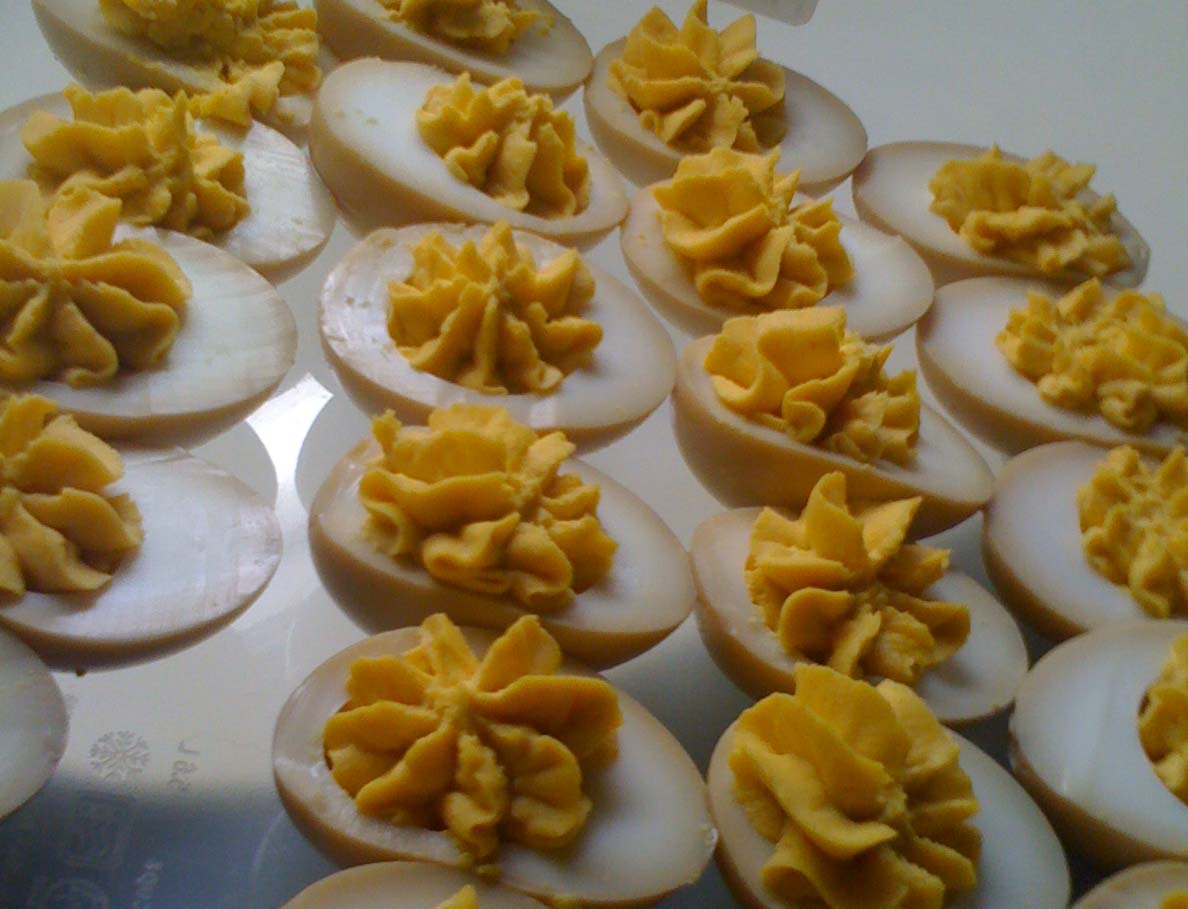To celebrate, here's something that reminds me of Spring - quiche.
I don't know about you, but I LOVE quiche. So good, so fluffy, so light.
From Saveur Magazine (<3), Asparagus, Morel and Ramp Quiche. The recipe calls for a brown rice crust (maybe a boo moment), but you can definitely substitute for regular pie crust.
Asparagus, Morel and Ramp Quiche with Brown Rice Crust
(makes 6 servings)Printable Recipe
Ingredients:
2 cups cooked brown rice
1/4 cup gruyere (grated)
1 egg
4 eggs
1 cup milk
1 cup gruyere (grated)
1/2 pound morel mushrooms
1/2 pound asparagus (cut into 1-inch long pieces and steamed)
3 ramps (chopped)
salt and pepper to taste
Directions:
1. Mix the rice, cheese and egg in a bowl.
2. Press the rice mixture into a pie plate, about 1/4 inch thick.
3. Bake in a preheated 450F oven until the edges and bottom just start turning golden brown, about 5-7 minutes.
4. Mix the eggs, milk, cheese, mushrooms, asparagus and ramps in a bowl and season with salt and pepper.
5. Pour the egg mixture into the pie crust.
6. Bake in a preheated 375F oven until golden brown and set in the center, about 30-35 minutes.













